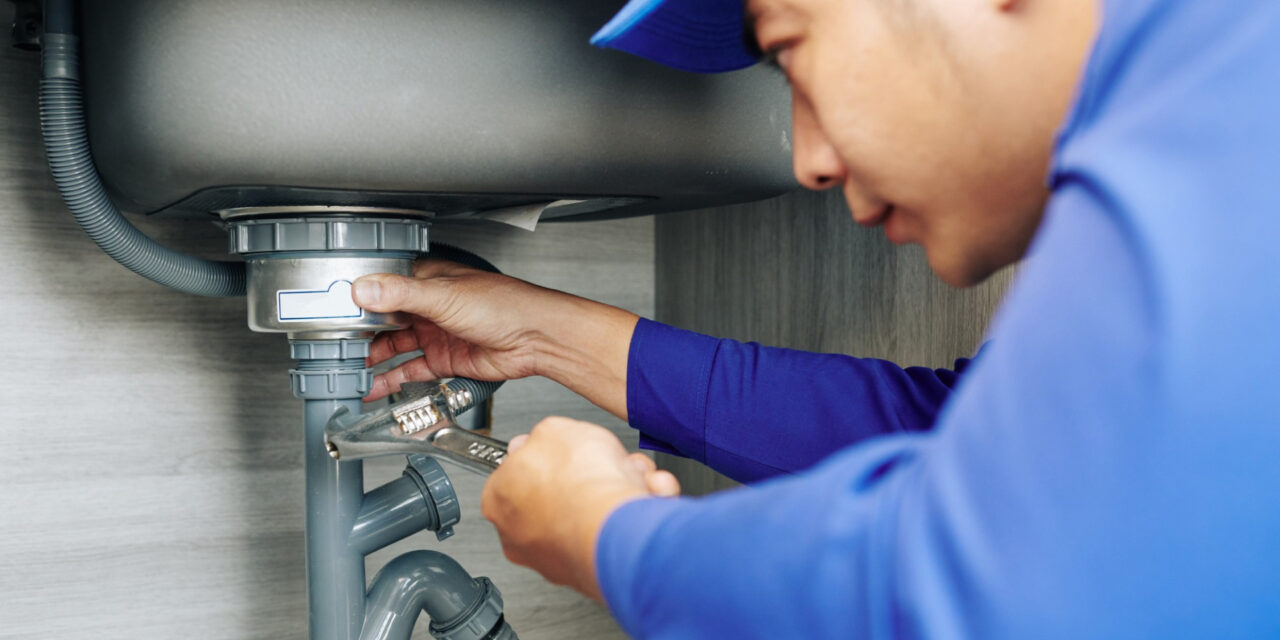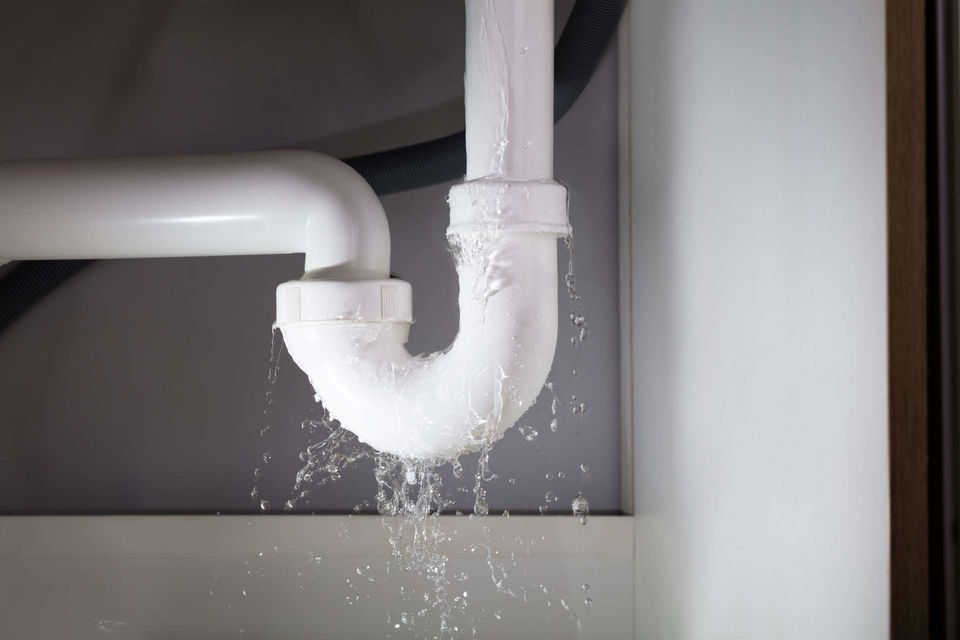Exactly how to Examine If Your Residence Has a Surprise Leakage
Exactly how to Examine If Your Residence Has a Surprise Leakage
Blog Article
What're your concepts about Leaking water lines?

Early discovery of dripping water lines can reduce a prospective calamity. Some small water leaks may not be visible.
1. Analyze the Water Meter
Every house has a water meter. Examining it is a proven way that helps you uncover leaks. For beginners, turn off all the water sources. Make sure nobody will flush, utilize the tap, shower, run the cleaning maker or dishwasher. From there, go to the meter as well as watch if it will change. Since no person is utilizing it, there need to be no motions. That suggests a fast-moving leak if it moves. Furthermore, if you detect no changes, wait a hr or 2 and inspect back once more. This indicates you may have a sluggish leakage that could even be below ground.
2. Check Water Intake
If you spot unexpected adjustments, regardless of your intake being the exact same, it suggests that you have leakages in your plumbing system. A sudden spike in your expense indicates a fast-moving leak.
A consistent boost every month, also with the very same practices, shows you have a slow leakage that's likewise gradually rising. Call a plumber to extensively check your residential or commercial property, especially if you really feel a warm area on your flooring with piping beneath.
3. Do a Food Coloring Examination
When it comes to water consumption, 30% comes from toilets. If the shade in some way infiltrates your dish during that time without flushing, there's a leak between the container and dish.
4. Asses Exterior Lines
Do not forget to examine your exterior water lines also. Examination faucets by attaching a yard hose. Needs to water seep out of the link, you have a loosened rubber gasket. Replace this and ensure all connections are limited. It will assist obtain it expertly examined as well as maintained every year if you've got a lawn sprinkler system. One tiny leak can lose lots of water and surge your water expense.
5. Inspect and also Examine the Circumstance
House owners should make it a habit to check under the sink counters as well as even inside cabinets for any type of bad odor or mold growth. These two red flags indicate a leak so prompt focus is required. Doing routine inspections, also bi-annually, can save you from a major trouble.
Examine for stainings and compromising as the majority of pipelines and devices have a life expectancy. If you believe leaking water lines in your plumbing system, don't wait for it to intensify.
Early discovery of dripping water lines can minimize a potential calamity. Some tiny water leaks might not be visible. Inspecting it is a guaranteed means that assists you discover leakages. One little leakage can throw away bunches of water as well as surge your water costs.
If you think dripping water lines in your plumbing system, do not wait for it to rise.
WARNING SIGNS OF WATER LEAKAGE BEHIND THE WALL
PERSISTENT MUSTY ODORS
As water slowly drips from a leaky pipe inside the wall, flooring and sheetrock stay damp and develop an odor similar to wet cardboard. It generates a musty smell that can help you find hidden leaks.
MOLD IN UNUSUAL AREAS
Mold usually grows in wet areas like kitchens, baths and laundry rooms. If you spot the stuff on walls or baseboards in other rooms of the house, it’s a good indicator of undetected water leaks.
STAINS THAT GROW
When mold thrives around a leaky pipe, it sometimes takes hold on the inside surface of the affected wall. A growing stain on otherwise clean sheetrock is often your sign of a hidden plumbing problem.
PEELING OR BUBBLING WALLPAPER / PAINT
This clue is easy to miss in rooms that don’t get much use. When you see wallpaper separating along seams or paint bubbling or flaking off the wall, blame sheetrock that stays wet because of an undetected leak.
BUCKLED CEILINGS AND STAINED FLOORS
If ceilings or floors in bathrooms, kitchens or laundry areas develop structural problems, don’t rule out constant damp inside the walls. Wet sheetrock can affect adjacent framing, flooring and ceilings.
https://www.servicemasterbyzaba.com/blog/how-to-detect-water-leakage-in-walls/

We had been made aware of that write-up on Locating water leaks from someone on our other web property. Be sure to take the time to promote this blog posting if you enjoyed it. Thanks a lot for your time. Come back soon.
Report this page